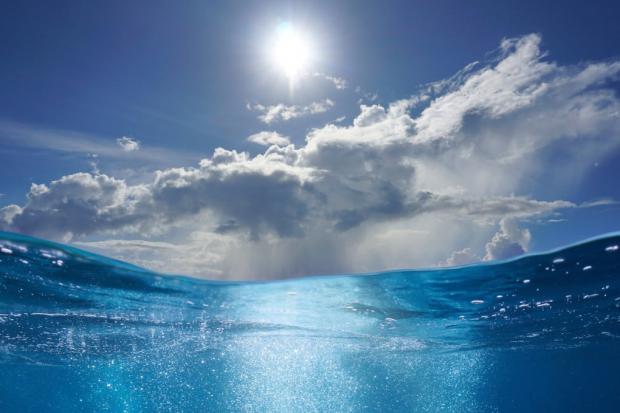
Breaking News
 US Oil Blockade of Venezuela Pushes Cuba Into Economic Collapse
US Oil Blockade of Venezuela Pushes Cuba Into Economic Collapse
 Gold and Silver Surge to New Record Highs, What's Going On?
Gold and Silver Surge to New Record Highs, What's Going On?
 Silver And Copper Are Both Flashing The Same Signal -- And That Is Setting The Stage...
Silver And Copper Are Both Flashing The Same Signal -- And That Is Setting The Stage...
 I Spoke At Turning Point USA - FULL SPEECH
I Spoke At Turning Point USA - FULL SPEECH
Top Tech News
 Perfect Aircrete, Kitchen Ingredients.
Perfect Aircrete, Kitchen Ingredients.
 Futuristic pixel-raising display lets you feel what's onscreen
Futuristic pixel-raising display lets you feel what's onscreen
 Cutting-Edge Facility Generates Pure Water and Hydrogen Fuel from Seawater for Mere Pennies
Cutting-Edge Facility Generates Pure Water and Hydrogen Fuel from Seawater for Mere Pennies
 This tiny dev board is packed with features for ambitious makers
This tiny dev board is packed with features for ambitious makers
 Scientists Discover Gel to Regrow Tooth Enamel
Scientists Discover Gel to Regrow Tooth Enamel
 Vitamin C and Dandelion Root Killing Cancer Cells -- as Former CDC Director Calls for COVID-19...
Vitamin C and Dandelion Root Killing Cancer Cells -- as Former CDC Director Calls for COVID-19...
 Galactic Brain: US firm plans space-based data centers, power grid to challenge China
Galactic Brain: US firm plans space-based data centers, power grid to challenge China
 A microbial cleanup for glyphosate just earned a patent. Here's why that matters
A microbial cleanup for glyphosate just earned a patent. Here's why that matters
 Japan Breaks Internet Speed Record with 5 Million Times Faster Data Transfer
Japan Breaks Internet Speed Record with 5 Million Times Faster Data Transfer
Billions of People Could Benefit from This Breakthrough in Desalination That Ensures...

A novel approach to making seawater evaporate faster has been hailed as a significant breakthrough in desalination technology that will benefit billions of people worldwide.
Up to 36% of the world's eight billion people currently suffer from severe freshwater shortages for at least four months of the year, and this could potentially increase to 75% by 2050.
Seawater desalination is one of the most effective strategies to alleviate the impending scarcity, but existing processes consume massive amounts of energy, leaving a large carbon footprint.
Other problems plague the production of fresh water from the sea, including the necessity to de-scale membranes used in the reverse-osmosis desalination process with chemicals that are toxic to sea life. Furthermore, once the water is produced, the briny by-product is so overly rich in salt that it has the effect of an ecological contaminant.
Researchers from the University of South Australia (UniSA) have already demonstrated the potential of solar-powered evaporation as an energy-efficient, sustainable alternative to current desalination methods, but they are still limited by a lower evaporation rate for seawater compared to pure water due to the negative effect of salt ions on water evaporation.
UniSA materials science researcher Professor Haolan Xu has now collaborated with researchers from China on a project to develop a simple yet effective strategy to reverse this limitation.
By introducing inexpensive and common clay minerals like zeolite and bentonite into a floating photothermal hydrogel evaporator, the team achieved seawater evaporation rates that were 18.8% higher than pure water. This is a significant breakthrough since previous studies all found seawater evaporation rates were around 8% lower than pure water.

 Advanced Propulsion Resources Part 1 of 2
Advanced Propulsion Resources Part 1 of 2

